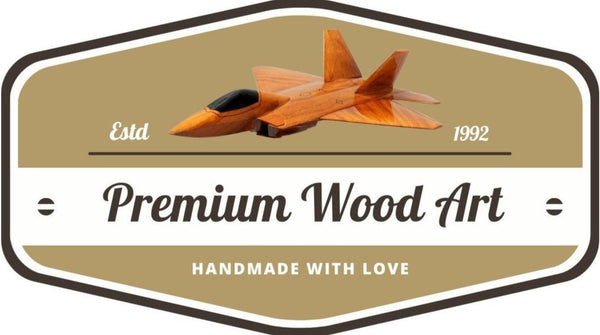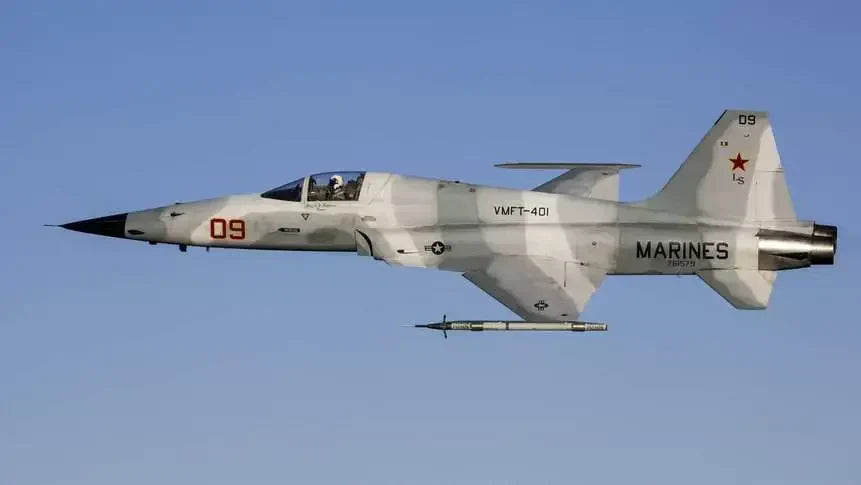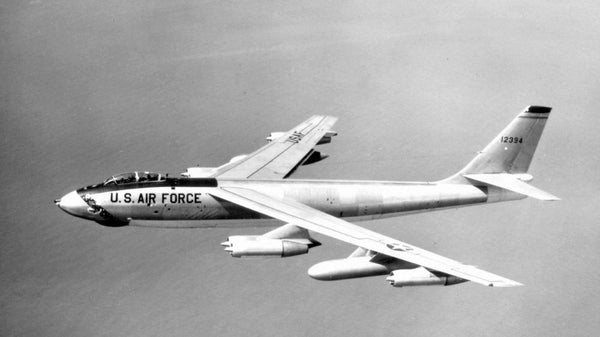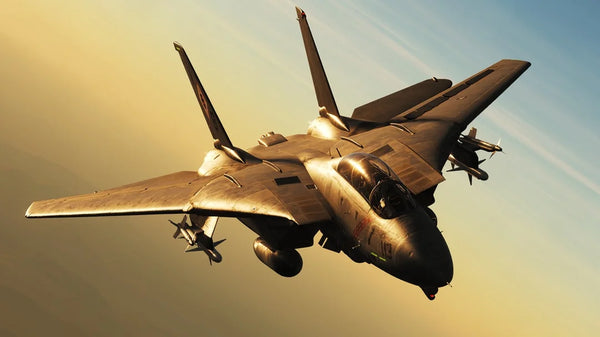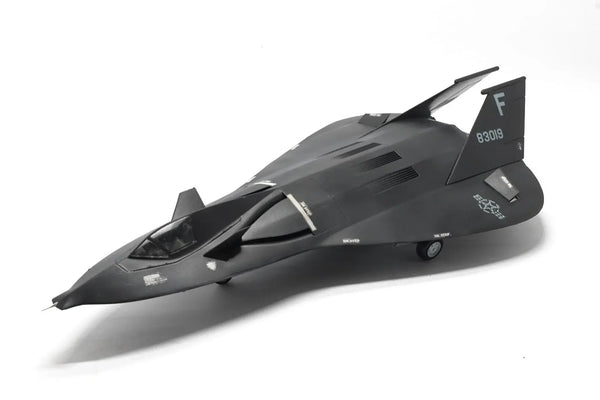The year is 1960. The Cold War is in full swing, and military budgets are soaring. While the US and Soviet Union built massive, complex, and costly fighters, many allied nations needed something different: a reliable, capable jet that wouldn’t break the bank.
This environment set the stage for one of the most enduring and beloved military aircraft designs of all time: the Northrop F-5 Freedom Fighter. It quickly became known as the “people’s jet”—simple, sleek, and surprisingly effective. But how did this modest lightweight fighter jet evolve to take on the threats of a changing world, becoming the legendary F-5E Tiger II, and why does its legacy still matter today?
Birth of the Freedom Fighter
The story begins with the Northrop F-5 design philosophy: light, fast, affordable. Northrop gambled on simplicity, believing smaller, less complex fighters could be produced quickly and maintained easily by nations with limited resources.

F-5E Tiger
The F-5 Freedom Fighter first took to the skies in 1959. Initial reactions were a mix of excitement and skepticism. It wasn't the largest or fastest jet, but it was highly maneuverable and incredibly accessible. Crucially, it filled a vital gap. Under the "Mutual Defense Assistance Program," the U.S. provided it to allied nations, giving them a modern, supersonic edge. Its reputation quickly grew: an F-5 fighter jet was "easy to fly, hard to kill." It became a foundational element in Cold War fighter jets strategy for dozens of countries.
The Need for Evolution
By the late 1960s, the aviation world was moving faster than the F-5 Freedom Fighter could handle. Threats were escalating: newer, faster Soviet MiGs were entering service, missile technology was improving, and the stakes in air combat were higher than ever.
The question loomed large: Could this celebrated classic jet design keep pace? The original F-5 needed more power, a better radar system, and the ability to carry modern weapons. The pressure was on Northrop to significantly upgrade the platform without sacrificing the core tenets of the design: agility and affordability.
Enter the Tiger II
The answer arrived in 1972 with the maiden flight of the F-5E Tiger II. This wasn’t a simple modification; it was a substantial redesign that addressed every major shortcoming of its predecessor.
The F-5E Tiger II was the Freedom Fighter’s older, stronger sibling, refined for a tougher battlefield. The most significant changes included:
- More Powerful Engines: Upgraded General Electric J85 engines delivered a substantial thrust increase.
- Enhanced Performance: A slightly longer fuselage and bigger wings improved lift and maneuverability.
- Advanced Avionics: A new fire-control radar and improved navigation systems made it a far more lethal machine.
The comparison is clear: the original F-5 vs Tiger II is a study in purposeful evolution. The Freedom Fighter was the scrappy underdog, while the Tiger II was a thoroughly modern fighter built for sustained aerial combat. This agility was so potent that the F-5 Tiger II was famously used as an aggressor aircraft at U.S. Navy and Air Force training schools, including TOPGUN, where its excellent handling helped simulate enemy tactics. This role cemented its status in F-5 aircraft history.
The Legacy Lives On
The combined legacy of the Northrop F-5 family is astounding. These jets saw active service across the globe, from the jungles of Vietnam to conflicts in the Middle East and Asia.
Perhaps the most remarkable fact is their longevity. Decades after its introduction, the F-5 evolution continues. The aircraft is still flying today in modernized forms with countries like Switzerland, Brazil, and South Korea. Its smart, lightweight design and excellent aerodynamics even influenced the development of subsequent aircraft, including early concepts for stealth fighters. The F-5 proved that Northrop fighter jets were masters of intelligent, cost-effective design.
The F-5 Freedom Fighter and Tiger II are more than just old warbirds; they are proof that simplicity, adaptability, and smart engineering can create a timeless classic that outlasts generations of complex, expensive machines. In the world of aviation legends, the F-5 remains a definitive example of "small but mighty."
Own a Piece of History
Do you admire the sleek lines and storied history of this Cold War icon? Celebrate the legacy of the F-5 with our exquisitely detailed, handcrafted wooden model. Perfect for desks, shelves, or as a gift for any aviation enthusiast—handmade, detailed, and ready to display.
✈️ Get Your F-5 Wooden Model